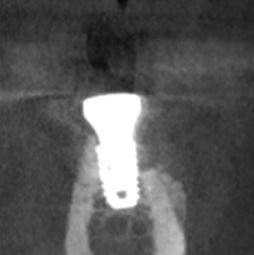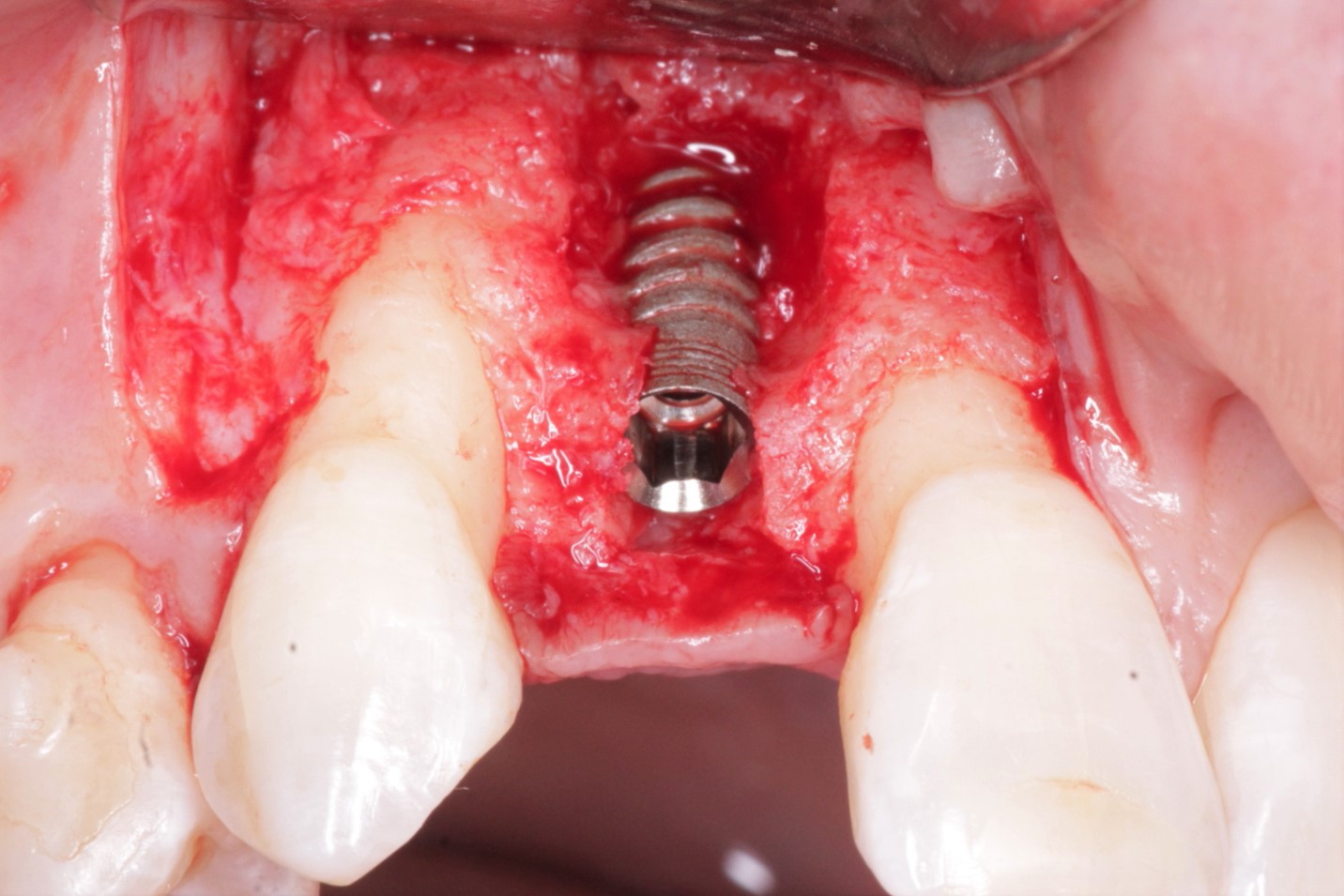Die Spacer: Is it Needed?
A dentist, asks:
My lab uses no die spacer on dental implant-supported crowns and bridges. I think this is a mistake. The dental implant is osseointegrated and has no mobility. There has to be some space for the cement because the fit on the abutment is so precise. Are any of you requesting die spacer, and if so, how much? Have any of you experience the situation where the bridge fits well on try-in but fails to seat completely on cementation?
2 Comments on Die Spacer: Is it Needed?
New comments are currently closed for this post.
Mike
5/14/2007
Spacer is necessary as you said.Always passive fit is needed, and the friction isn't good for implants. The retention should come from a good passive fitting and not by the friction of the abutment and the infrastructure, the spacer helps a lot in this matter , usually a 15 to 30 microns is sufficient, that's one to two layers of spacer, but keep in mind to keep it 2 mm above the limit.
Fitting might change due to heat stress and to stress greated by the shrinkage of ceramic during baking. Solution to this problem is to always cut the ceramic (before baking) till it reaches the opaque (between the pontics) then by a second correction bake to cover the cut.it will help reduce the shrinkage of ceramic during baking.
regards.
Albert Hall
5/14/2007
would anyone show me the data on this?
Implant manufacturers provide ideal abutments for cementation.....what is really the concern?

















